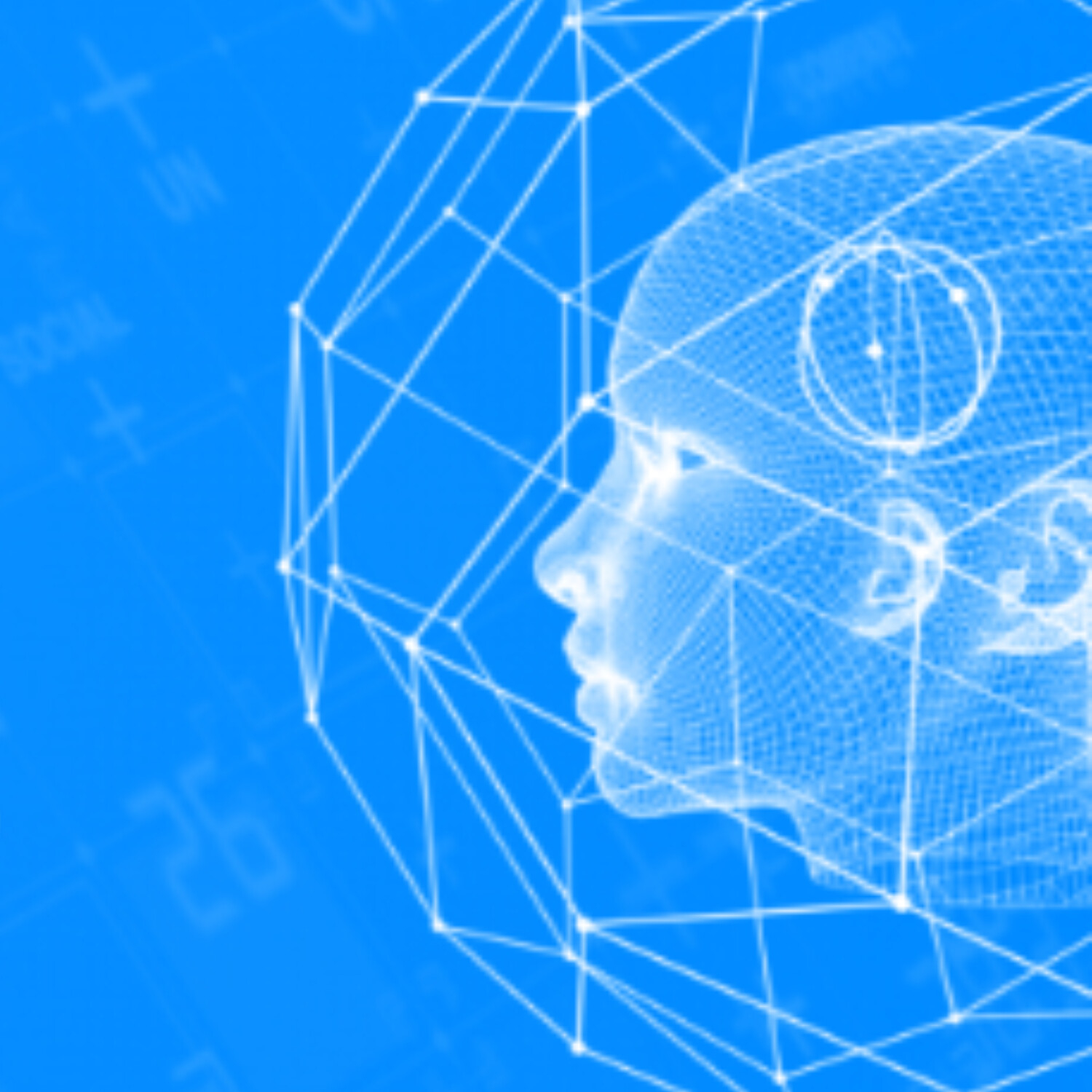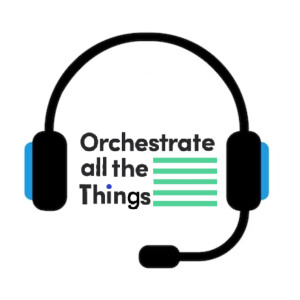
Graph data science is moving one step closer to the mainstream: Neo4j releases v2.0 of its eponymous product. Featuring Senior Director of Product Management for Data Science Alicia Frame
 2022-04-12
2022-04-12
Whether you're genuinely interested in getting insights and solving problems using data, or just attracted by what has been called “the most promising career” by LinkedIn and the “best job in America” by Glassdoor, chances are you're familiar with data science. But what about graph data science?
As we've elaborated previously, graphs are a universal data structure with manifestations that span a wide spectrum: from analytics to databases, and from knowledge management to data science, machine learning and even hardware.
Graph data science is when you want to answer questions, not just with your data, but with the connections between your data points -- that's the the 30 second explanation according to Alicia Frame.
Frame is the Senior Director of Product Management for Data Science at Neo4j, a leading graph database vendor. She has a PhD in computational biology, and has spent ten years as a practicing data scientist working with connected data.
When she joined Neo4j about 3 years ago, she set out to build a best in class solution for dealing with connected data for data scientists.
Today, the product Frame is leading at Neo4j, aptly called Graph Data Science, is celebrating its two-year anniversary with version 2.0 which brings some important advancements: new features, a native Python client, and availability as a managed service under the name AuraDS on Google Cloud.
We caught up with Frame to discuss graph data science the concept, and Graph Data Science the product.
More Episodes
Create your
podcast in
minutes
- Full-featured podcast site
- Unlimited storage and bandwidth
- Comprehensive podcast stats
- Distribute to Apple Podcasts, Spotify, and more
- Make money with your podcast
It is Free
- Privacy Policy
- Cookie Policy
- Terms of Use
- Consent Preferences
- Copyright © 2015-2024 Podbean.com






